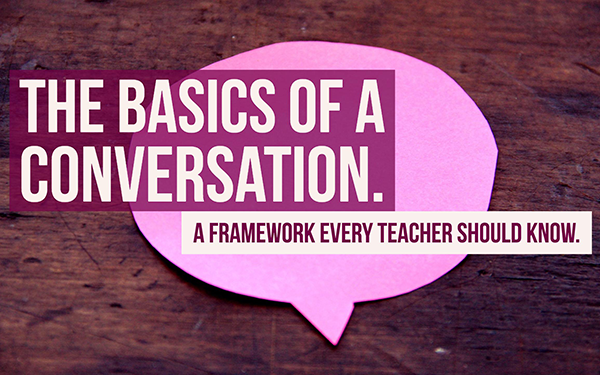How to Unlock Effective Communication? - A Teacher’s Framework
 Lucie Renard —
Lucie Renard —
When we think about education, we think about learning. But people often forget teachers need some social skills too. Education isn’t all about teaching, it’s also a lot about communication.
Communication to avoid conflict, communication to figure out a student’s behavior, communication with parents, communication to deliver (bad) news… Some teachers might have forgotten how to react in certain circumstances and find it hard to say what they really think.
Students are a source of information, but it’s hard to get everything out of them. You need the right questions, the right level of empathy and the right body language.
This blog post will clear up communication strategies for teachers.
First, I’ll describe some factors that may influence the progress of your conversation. Afterwards I’ll talk about the basic structure of a dialogue. This framework can be used most of the time when engaging in a conversation.
Factors that may influence the progress of the conversation
1. The preparations and evaluation

In order to bake a good cake, you must prepare each ingredient and make sure everything is weighed properly. That’s also true for conversations. Good preparations lead to a conversation that you have under control. Preparations reduce the chance of surprises during the conversation itself. Of course, that doesn’t mean there isn’t room for adjustments at the moment of the dialogue.
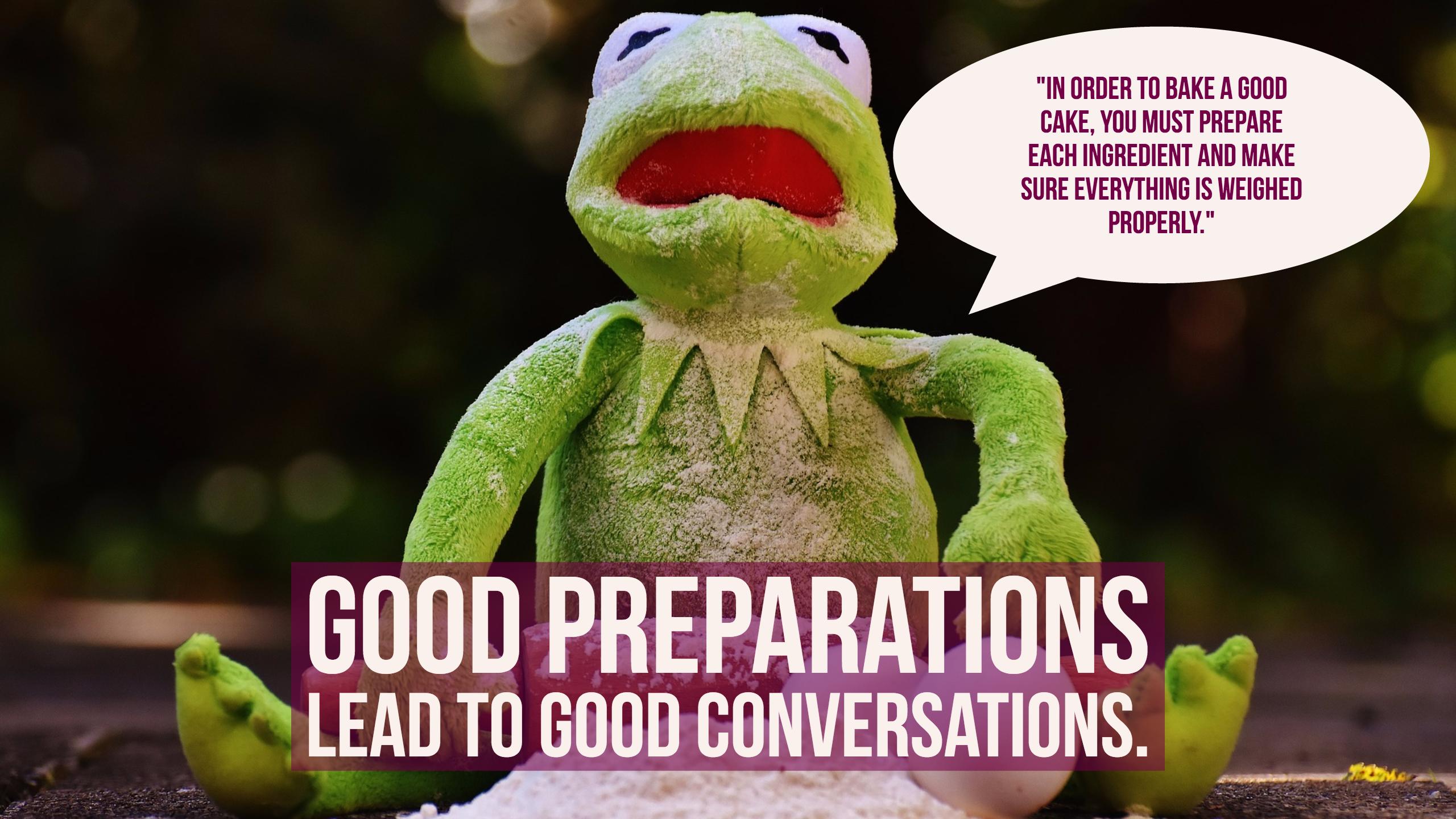
Make sure you are reaching a goal. You don’t set up a conversation when there is no reason to. For instance: You are planning a conversation with the parents of a student. Why? The student shows some disruptive behavioral issues. The goal is to inform the parents and to find out the reason behind these student issues. The more concrete your goal, the smaller the risk of losing direction in the conversation.
Depending on the chosen goal, there will be more or less room for contribution of the other party:
The other party can choose to take control of the conversation all the time and hereby clarify his opinion. This position is appropriate in conversations where people want to convince each other. It’s called a closed conversation.
A conversation where you have to dig for information from the other person, will show a more open character. A teacher that expresses her concerns with respect to her student and invites the student to bring his story, is carrying on an open conversation.
Conversations can also differ when it gets directed by just one person. The conversation will get a directive character. When every party gets the chance to guide the conversation, it’s called a non-directive conversation.
2. The other person

During the preparations, you have to consider thinking about the reactions and sensibilities of the person you’re talking with. Only after that you can tailor your approach of the conversation so that effective communication occurs. The conversation will go differently when it’s your first encounter with the person than when it is a good friend.
Who is the other party?
Try to visualize your partner. What are his personal characteristics? What is his experience with the conversation topic? Do you already know his opinion? What do you expect of your conversation partner? Is he prepared for the conversation?
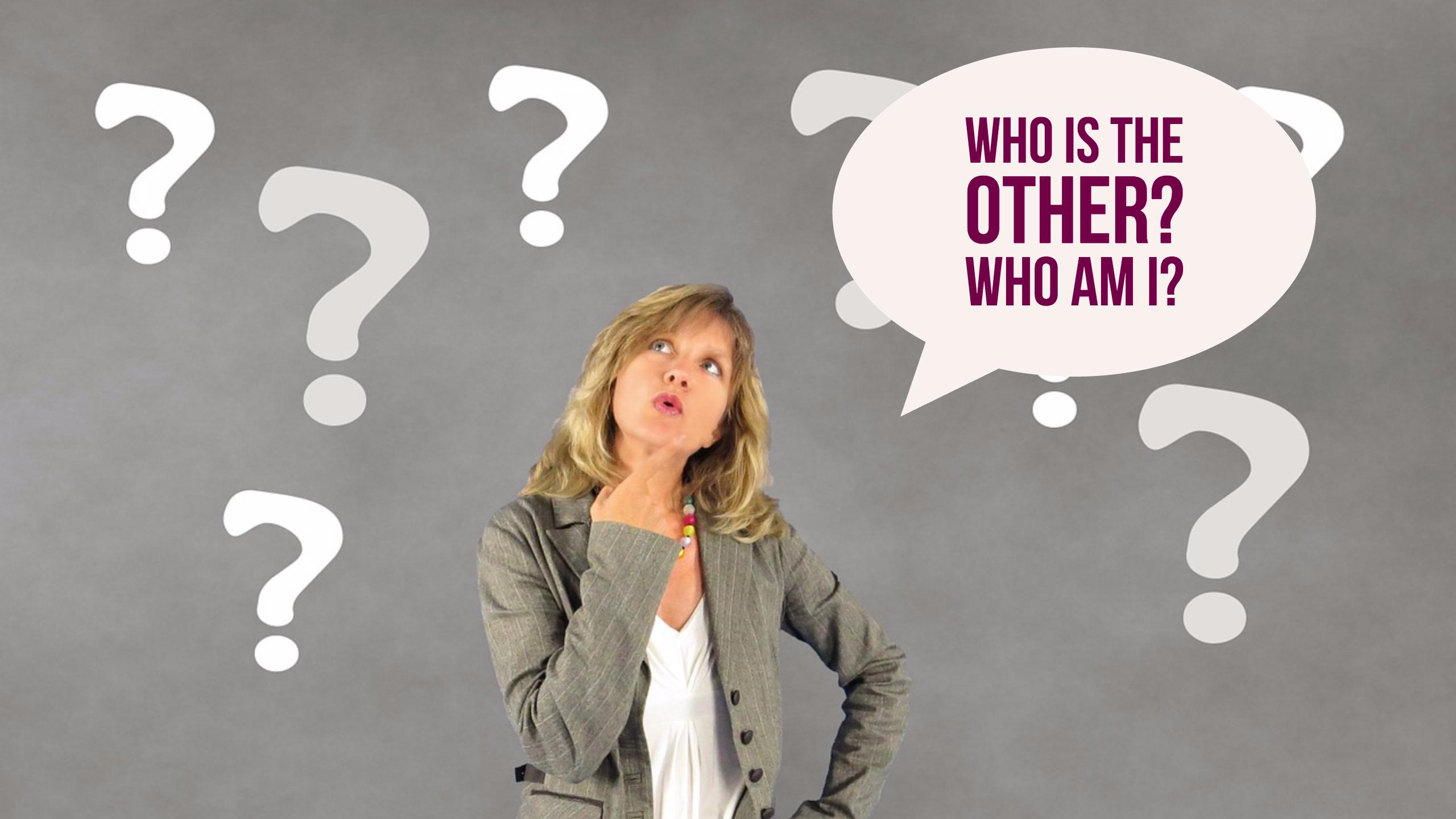
Who am I?
In addition, you have to bear in mind that you also have to join the conversation with your own inside and outside. Think about your attitude during the conversation. How are your interactions with the other person? Try to have an open mind. A pedagogical attitude of mutual respect, openness, empathy, acceptance, and authenticity are the key concepts that enhance the chance of a successful conversation.
Acceptance, genuineness, and empathy form the basis of respect. Respect for the other and respect for yourself.
Your self-interests and the position you take on the conversation topic or the other partner may influence the conversation atmosphere.
When your own interests conflict with those of the other party, the conversation will be more difficult. Think about cultural differences. A different vision of the topic means that you must first get on the same page with your partner, before working towards a goal.
Talking with parents
First, you must take into account the loyalty between parents and student. Sometimes the loyalty is so strong, that you can’t say anything wrong about their child.
Another thing you have to consider as conversation changers are the important characteristics of the parents, such as:
- the level of education and socio-economic situation of the parents;
- the family values;
- vision of parents on education;
- knowledge of the parents on the development and capabilities of their child;
- the impact of the topics on the family’s functioning;
- the extent to which parents attach importance to academic achievement and involvement in school.
3. practical-organizational elements

Besides the importance of the preparations and the other party, you have to think about the circumstances of the conversation. With circumstances, I mean the time of the day, the location, the arrangement of the chairs and tables, etc. These elements can influence the conversation in a favorable or unfavorable way.
Some examples:
- A classroom that is too cold or too warm, a noisy radiator, a roaring engine are disruptions that may take away the attention.
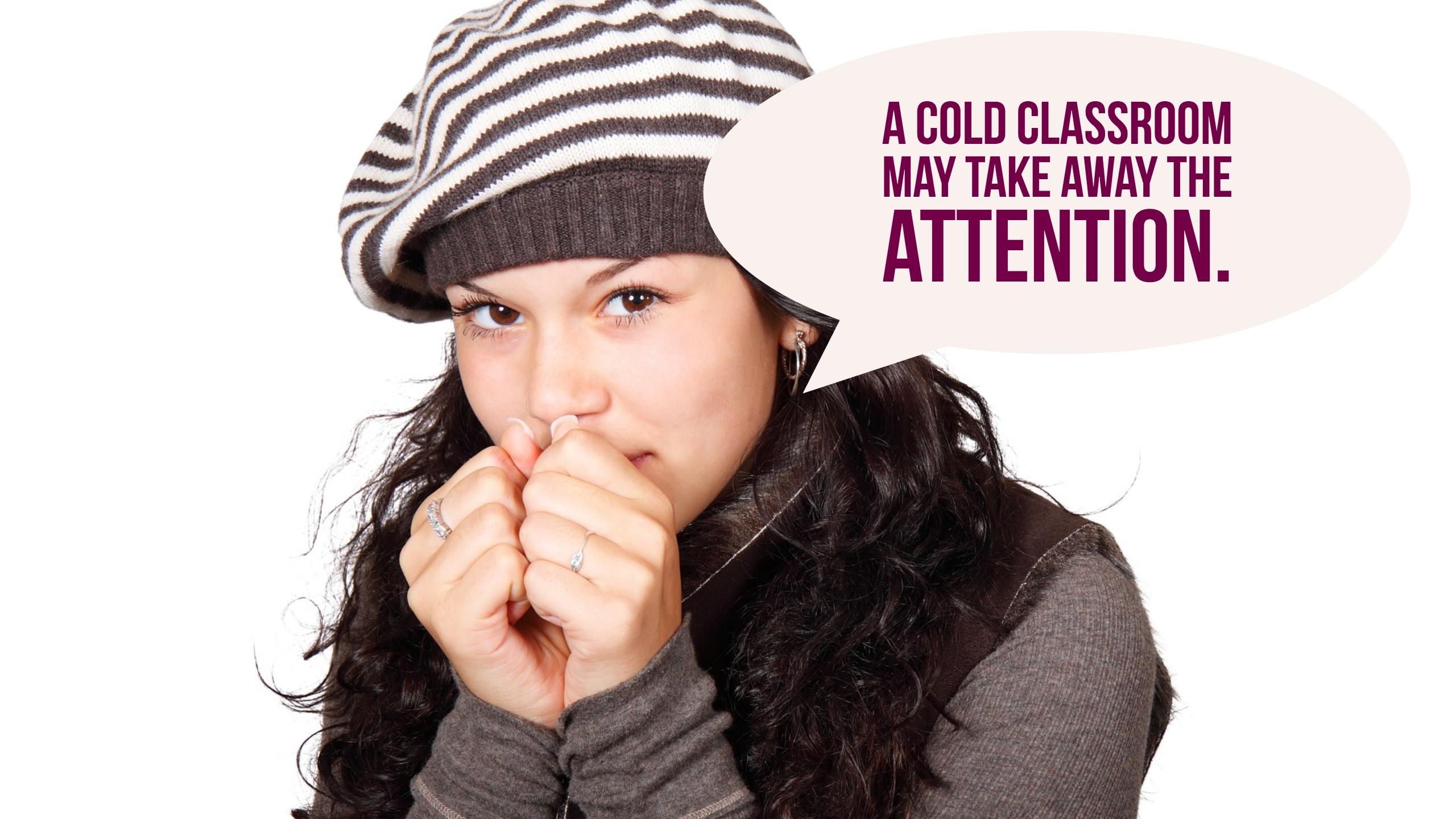
- The efficiency of a conversation increases when the timing works for both parties. Make sure you establish a suitable timeframe for the conversation.
- What kind of formation do you choose? Is the dialogue held standing, sitting, side by side or opposite to each other?
4. Communication skills

Before you start a conversation, there already has been a phase of observation. The way someone comes closer to you can be a first source of information. Signs of nervousness, a distrustful look, etc., often set a tone. Here are some things you have to think about during a conversation:
Body language
Your body language betrays how the message from the other is understood. For instance, avert your eyes might be noted as a sign of insecurity.
The way we greet our conversation partner can provide a crucial first impression. Your body language must support the words you’re saying. It must engage the other to take part in the conversation.
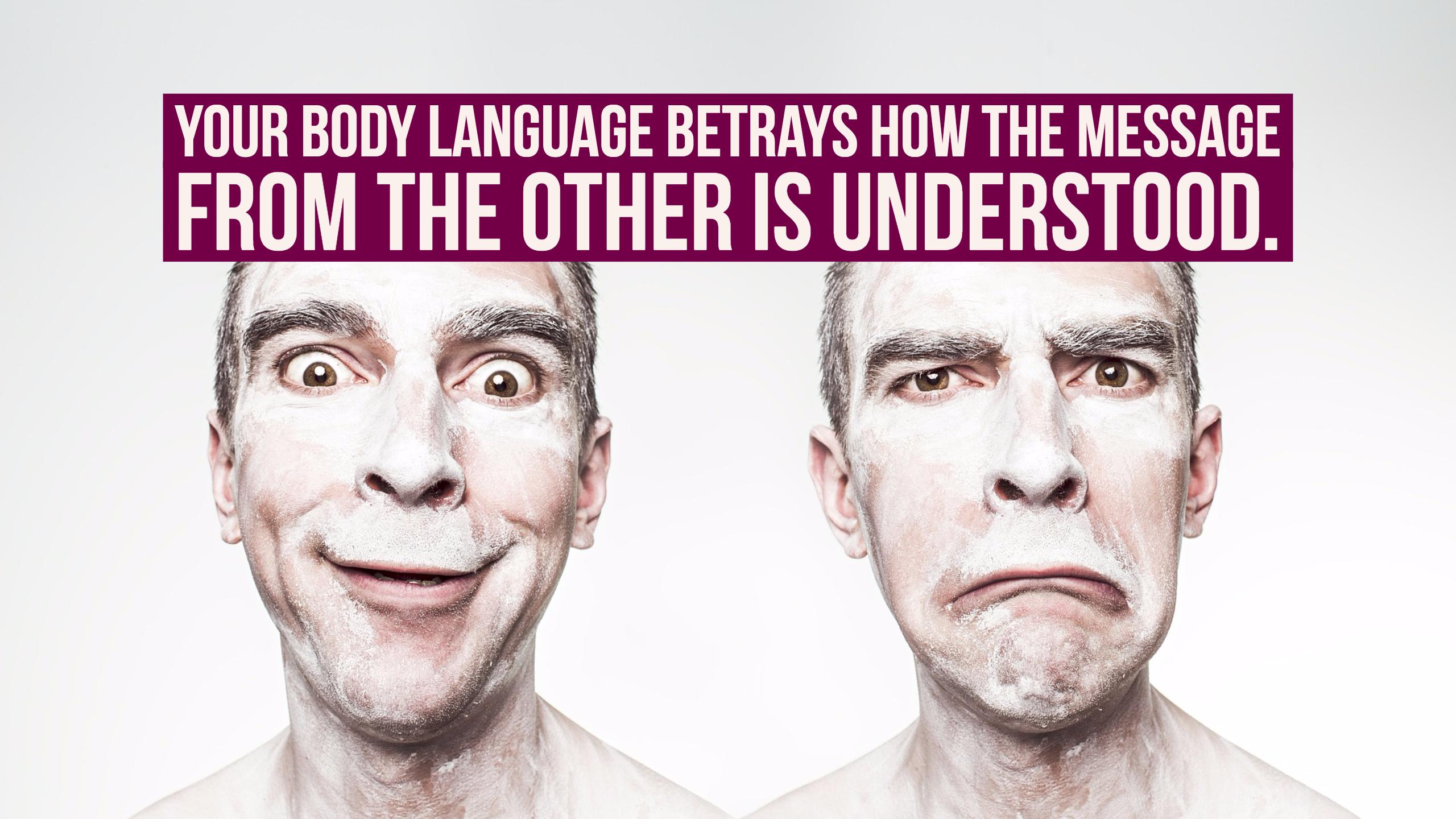
Self-expression
Good self-expression guarantees that your message comes through as intended and that misconceptions are avoided. An aggressive statement will result in defensive behavior from the partner. It also has an effect on the relation between the partners and the confidence of the speaker. Your confidence will grow when the other understood you properly.
Passive and active listening
Listening is indispensable when it comes to having a good conversation. Active listening enables you to check if you have understood the message. It also makes clear to the partner that you are listening and you are motivating the other to continue speaking.
Multilateral partiality
If there are two or more parties, it’s very important that you can take in the perspectives of all involved parties and, even more importantly, show this to them.
The basic framework of a dialogue
All kinds of conversations have a similar process, or in other words, conversation structure.
▶️Starting the conversation
The course of the conversation is determined by the initiator. In this post, I assume the teacher is taking the initiative when starting a conversation.
- In the beginning of the conversation, you indicate why you want to have this conversation (goal) and potentially what is the motive.
- Make sure you use open questions and reflect emotions (e.g. That must be very hard for you, I understand you getting angry about that.)
⏯️The core of the conversation
Depending on the goal and the nature of the conversation, you will have to navigate the conversation a lot or just a little bit. The type of conversation also influences whether you let the other participate more or less.
- Keep your goal in mind.
- Leave your partner enough room to react and give feedback. Use communication skills such as active listening and self-expression.
- An open posture makes it clear that you are interested in your partner’s story. Try to paraphrase what your partner is saying. It shows that you understand him. The same goes for reflecting emotions, posing questions and eye contact.
- Be flexible. An unexpected change can mean that you’ll have to adjust the goal of the conversation.
⏹️Closing the conversation
- Close the conversation by summarizing the core of the conversation.
- Don’t forget to make concrete arrangements about what is going to happen with the information.
- When needed, plan a follow-up conversation.
I hope this framework helps you to set up a good conversation. Don’t forget to take note of the other facts that influence the conversation.
Further reading
If you want to learn more about the art of conversations, I highly recommend the following books:
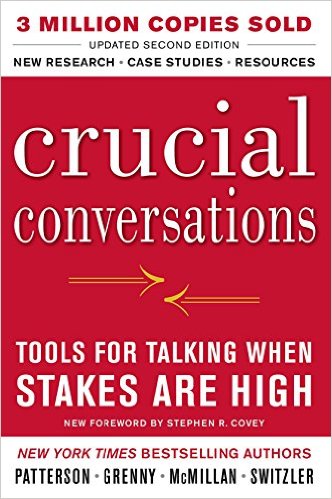 |
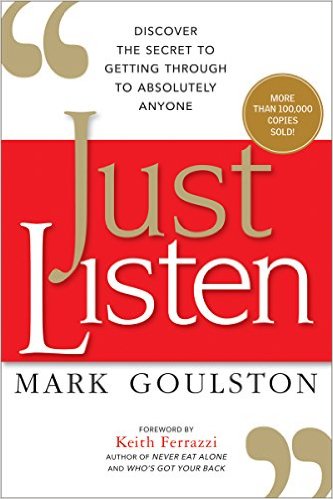 |
|
| Crucial Conversations by Patterson et al. |
Just Listen by Mark Goulston M.D. |
Wrap up
Effective communication is crucial for every teacher. Hopefully, this blog post has provided you insights for enhancing your own communication skills. Now it’s time to start communicating! Join our Teaching with BookWidgets Facebook group to communicate with other teachers and follow us on Twitter to stay updated on new blog posts.
Don’t forget to connect with me on LinkedIn! 🤝

